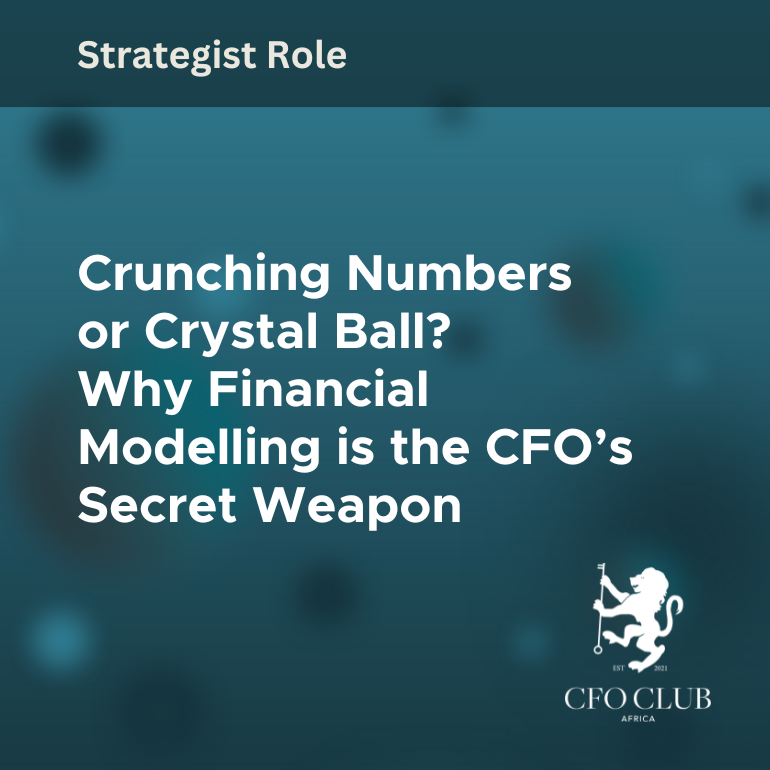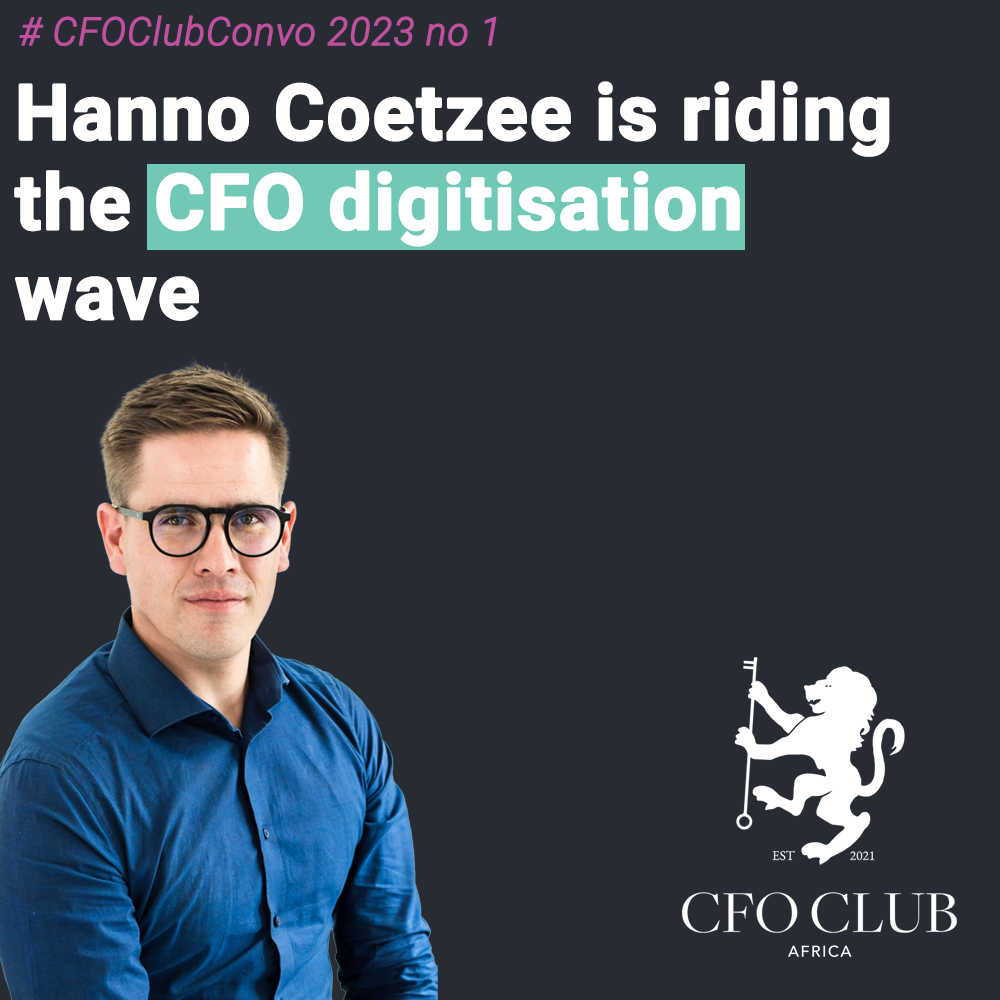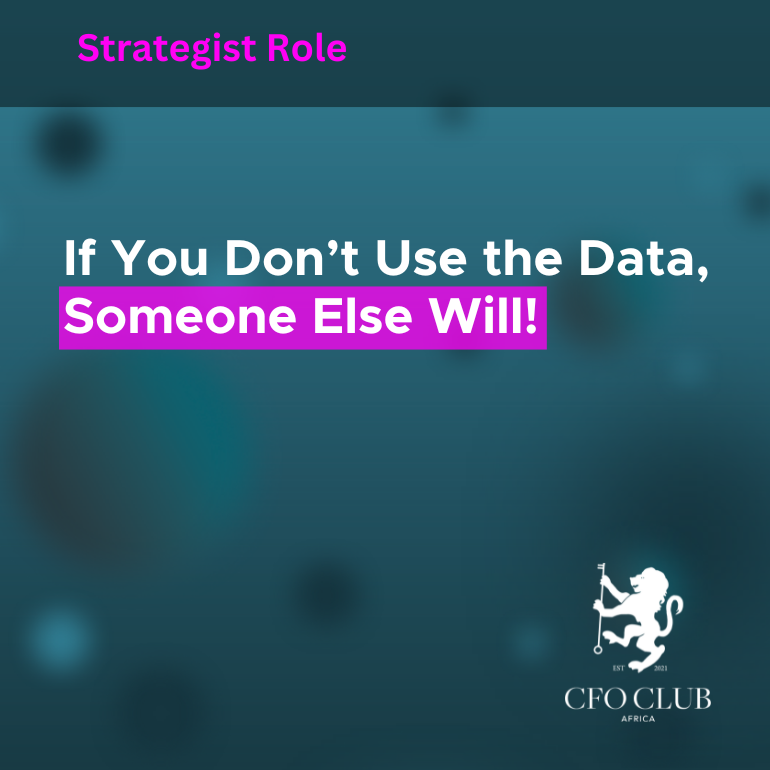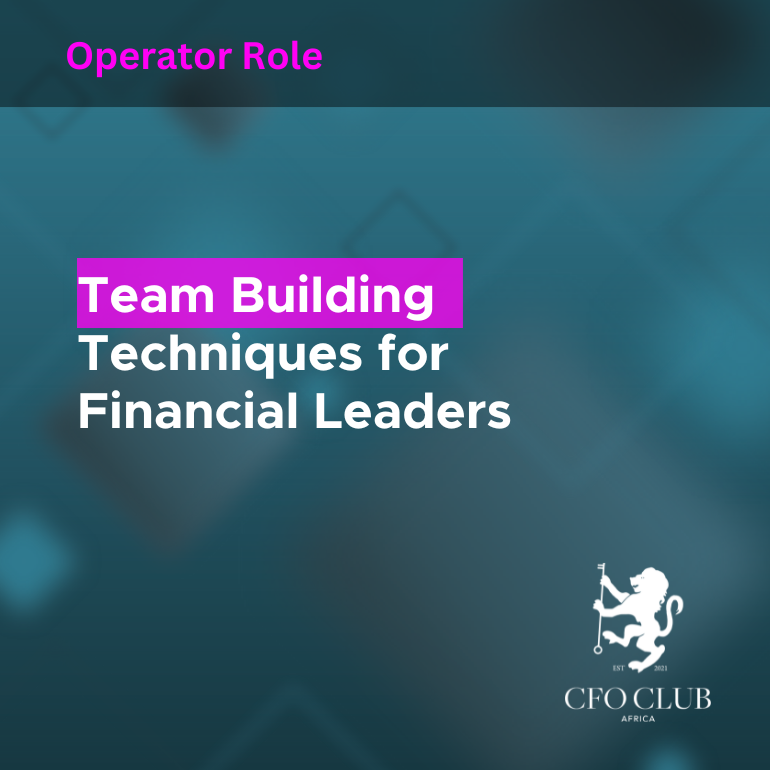Crunching Numbers or Crystal Ball? Why Financial Modelling is the CFO’s Secret Weapon
Crunching Numbers or Crystal Ball? Why Financial Modelling is the CFO’s Secret Weapon
Picture this: You’re at a braai, someone asks what you do, and you reply, “I build financial models.” Their eyes glaze over faster than the boerewors burns. To them, a model is something on a runway, not an Excel sheet with 27 tabs and formulas that look like hieroglyphics. But here’s the secret—what you do is not boring. In fact, it’s the stuff that makes or breaks businesses.
Financial modelling is not about adding columns and dragging formulas. It’s about shaping the future. It’s about putting a business on the right track when the road ahead is bumpy, foggy, and full of potholes. For a CFO, it’s less about crunching and more about clarity. It’s the bridge between today’s numbers and tomorrow’s decisions.
Why Financial Modelling Matters
At its core, a financial model is a story told in numbers. It helps you answer big questions without relying on gut instinct alone:
- Can we afford to expand into a new region?
- What will happen if interest rates rise by another 2%?
- How will our cash flow look if a major client delays payment for 90 days?
Instead of just staring at static financial statements, a model lets you play with scenarios. It shows how decisions ripple across the business, whether it’s adjusting pricing, adding debt, or investing in new tech. It gives decision-makers confidence that they’re not flying blind.
From Policy to Practice
CFOs in South Africa know that policies aren’t written in a vacuum. They live and breathe through financial outcomes. Want to set a dividend policy? You’ll need a model that balances shareholder expectations with reinvestment needs. Thinking about your BEE ownership structures or compliance with the Companies Act? Again, modelling provides the foundation to see long-term implications before committing.
Models help translate boardroom intentions into financial reality. They test whether a policy is sustainable, practical, and aligned with the company’s goals. In other words, they stop decisions from being made on PowerPoint slides alone.
Forecasting the Future
Forecasting has always been a tricky art, but in South Africa’s unpredictable climate, think load-shedding, currency swings, regulatory shifts, models give CFOs a fighting chance.
A solid forecasting model isn’t just a spreadsheet. It’s a tool that blends historical data with realistic assumptions about the future. This means you’re not simply saying, “Next year will be 10% better than last year.” You’re stress-testing how a weaker rand, a new competitor, or changes in fuel prices could affect your numbers.
Done right, forecasting models don’t just show where the business might go—they show what levers you can pull when circumstances change.
Decision-Making With Confidence
CFOs often sit at the crossroads of strategy and operations. Should the business buy that competitor, or is it smarter to form a joint venture? Should we invest in automation now or wait until costs come down?
Models take the emotion out of these debates. They show the trade-offs clearly. They highlight the risks. And they give the board numbers to back up intuition. Importantly, they also help you communicate decisions. It’s one thing to tell your CEO, “We can’t afford it.” It’s another to show them the cash flow crunch that will hit in month nine of the deal.
Keeping It Real
Of course, financial models aren’t crystal balls. They’re only as good as the assumptions behind them. Garbage in, garbage out. That’s why CFOs must build models that are practical, transparent, and easy to understand.
Overcomplicated spreadsheets with 50 hidden sheets are not a sign of genius, they are a liability. A great model is one that others in your team can use, test, and update. In fact, the real value is less about the spreadsheet and more about the thinking that went into it.
The South African Context
CFOs here don’t operate in a bubble. Policy uncertainty, infrastructure challenges, and access to capital all shape the decisions you need to make. A robust model lets you navigate these complexities with foresight.
For example:
- Load-shedding risk: Modelling the cost of backup power or solar investments against downtime losses.
- Currency volatility: Testing the impact of exchange rates on import costs and debt servicing.
- Labour policy shifts: Simulating wage increases and compliance costs to avoid nasty surprises.
These aren’t just “nice to have” exercises they are survival tools in the South African market.
Building Modelling Muscle as a Strategic Skill
Financial modelling should be seen as a strategic skill, not just a technical one. It’s less about mastering every Excel shortcut and more about knowing what questions to ask.
CFOs who embrace modelling as part of their leadership toolkit become advisors, not just number-keepers. They lead strategy sessions with authority because they can demonstrate outcomes, not just describe them. They gain credibility with boards and investors because their decisions are backed by tested scenarios, not hunches.
Think of it like this: accounting records the past, financial reporting explains the present, but financial modelling shapes the future.
Final Thoughts
Financial models are not spreadsheets, they are decision engines. They help you test policies, forecast outcomes, and make confident calls in uncertain times. In South Africa’s unpredictable business environment, that’s not just helpful, it’s essential.
So the next time someone at a braai asks you what you do, don’t downplay it. Tell them you build financial crystal balls for businesses. Tell them you give leaders a peek into tomorrow before they spend today’s money. And if they still don’t get it, just smile, because you know your “boring spreadsheets” are actually the difference between a business that survives and one that thrives.





